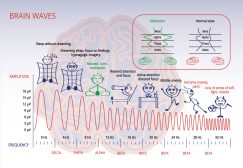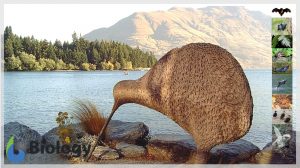Definition
noun, plural: allantoises or allantoides
An embryonic diverticulum of the hindgut of reptiles, birds, and mammals; in man its blood vessels give rise to those of the umbilical cord
Supplement
Allantois is one of the extraembryonic membranes essential during embryonic and fetal development of birds, reptiles, and certain mammals . It is sac-like or diverticulum from the ventral wall of the hindgut. It forms a part of conceptus (i.e. the embryo and its appendages or adjunct parts or associated membranes) of amniotes. The allantois helps in gas exchange and movement of liquid waste.
Amniotes are characterized by forming extraembryonic membranes during the development of embryo. Apart from allantois, the other membranes are chorion, amnion, and umbilical vesicle. In humans, the allantois becomes the urachus, i.e. a fibrous cord. In other mammals, it is associated with the formation of the umbilical cord and the placenta. In birds and reptiles, the allantois is located beneath the shell and is involved in respiration.1
Word origin: Greek allantoeidḗs (“sausage-shaped”)
Synonym(s):
- allantoid (membrane)
- allantoic sac
See also:
Reference(s):
1 allantois. (n.d.) Farlex Partner Medical Dictionary. (2012). Retrieved from ://medical-dictionary.thefreedictionary.com/allantois.







